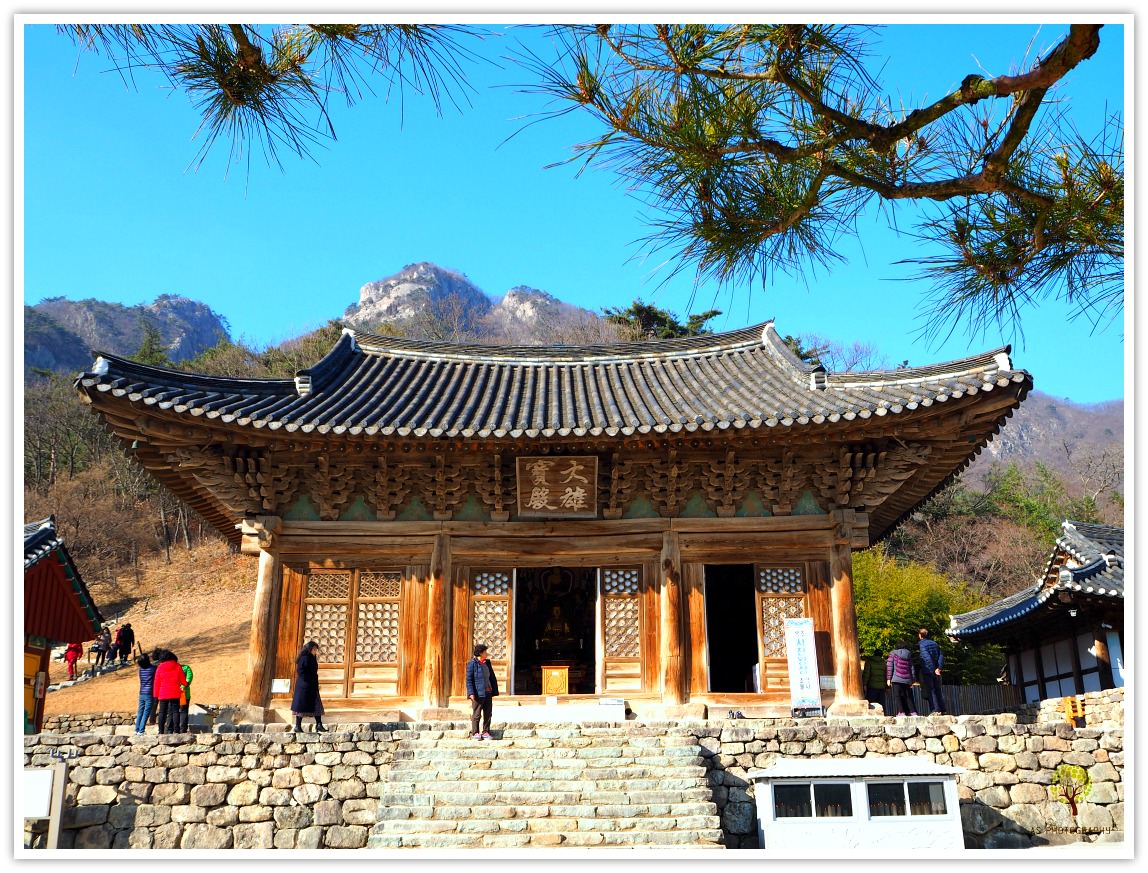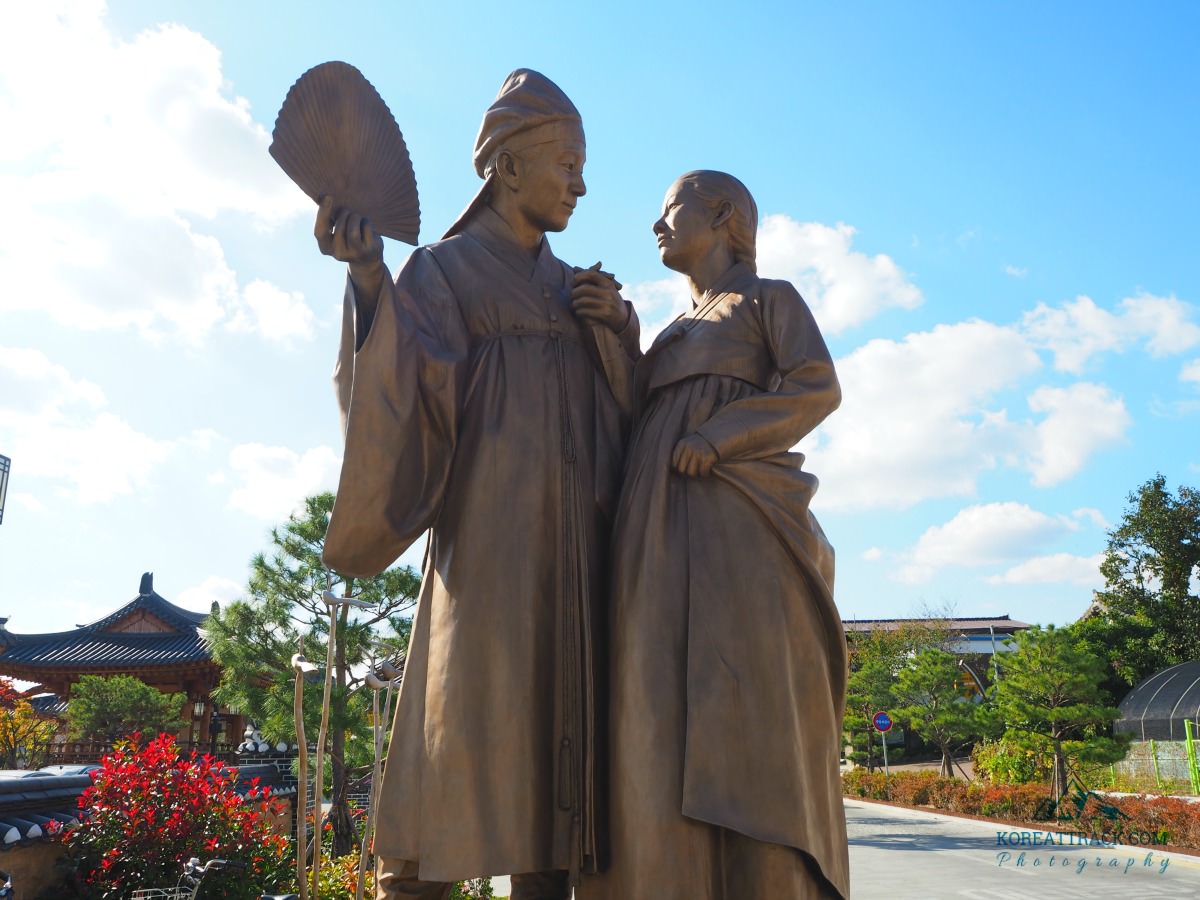Tapsa Temple in Jinan County
 Tapsa Temple in Jinan County
Tapsa Temple in Jinan CountyTapsa Temple in Jinan
Tapsa Temple, also known as Tapsa (Pagoda) Temple, is a stunning Korean Buddhist temple complex in the breathtaking Maisan (Horse Ear Mountain) of Jinan County, North Jeolla Province, South Korea.
This magnificent temple is known for its unique pagodas, each built with thousands of piled stone slabs, and its serene natural surroundings.
This article will look closer at Tapsa Temple and explore its fascinating history, architecture, and cultural significance. Join me on this exciting journey as we discover what makes Tapsa Temple a must-visit destination.
Origins and Construction
In 1885, a Buddhist hermit named Yi Gap Yong arrived at Maisan with a singular purpose—to meditate and cultivate himself.
Over the next three decades, Yi Gap Yong dedicated his life to constructing an incredible sight—120 conical natural stone pagodas that stand tall even today without the use of mortar.
These pagodas are a testament to the hermit's unwavering dedication and spiritual practice. Yi Gap Yong employed a unique method, incorporating the eight progressive positions of Zhuge Liang.
He first laid stones in a circular configuration, forming the pagoda's foundation. Then, additional rocks were placed inside this circle, slowly building the structure.
More stones formed a conical pyramid that rose higher and higher. Finally, the pagoda was crowned with a flat-shaped stone.
The pagodas are a sight to behold, with their unique construction and natural beauty. Yi Gap Yong also used small pebbles to fill gaps between larger stones, ensuring stability. The final result is a stunning example of human dedication and ingenuity.
Stone Pagodas
 Tapsa Temple in Jinan County - Two largest stone pagodas in the complex
Tapsa Temple in Jinan County - Two largest stone pagodas in the complexThe stone pagodas at Tapsa are indeed a sight to behold, and they are different in many ways from other pagodas typically found at Korean Buddhist temples.
First and foremost, their appearance is quite distinct from the finely cut stone pagodas typical of the Shilla era. Unlike the Shilla-era pagodas, the stone pagodas at Tapsa exhibit an unusual and more naturalistic appearance.
Their shapes vary from cone-shaped to straight-shaped, and they are often adorned with intricate carvings that are both beautiful and mysterious.
 Tapsa Temple in Jinan County - carved stone Buddha
Tapsa Temple in Jinan County - carved stone BuddhaThe most remarkable thing about these pagodas is that they remain stable without cement. This is truly a feat of engineering, as it defies all expectations.
The stability of these pagodas is so impressive that they have remained standing for centuries, even through earthquakes and other natural disasters.
It is believed that the secret to their stability lies in the precise balance of the stones that make up the pagodas.
In short, the stone pagodas at Tapsa are a testament to the ingenuity and skill of the artisans who created them. Their unusual appearance and impressive stability make them a must-see for anyone interested in the history and culture of Korea.
Tapsa Temple Complex Today
 Tapsa Temple in Jinan County - The main Dharma Hall (Daeungjeon)
Tapsa Temple in Jinan County - The main Dharma Hall (Daeungjeon)The Tapsa Temple Complex, located on Maisan, is a magnificent exploring site. The complex is situated beneath a cliff south of Maibong (peak) and houses at least 80 of Yi Gap Yong's pagodas.
The pagodas are unique in that they are not built with mortar or cement but are made by stacking stones on each other.
The landscape of the temple complex is often described as "bizarre" due to its alien-like appearance, which is a testament to the ingenuity of Yi Gap Yong's architectural skills.
 Tapsa Temple in Jinan County - Standing stone Buddha
Tapsa Temple in Jinan County - Standing stone BuddhaVisitors are drawn to the Tapsa Temple Complex by the pagodas' uniqueness and spiritual energy. The pagodas are believed to have been built by Yi Gap Yong over 30 years ago and are a testament to his devotion to Buddhism.
In addition to the pagodas, the temple complex features several other structures, including a shrine, a bell tower, and a meditation hall.
Yi Gap Yong eventually became an ordained monk, and his white statue stands at the foot of the temple complex. The statue symbolizes his dedication to Buddhism and contributions to the Tapsa Temple Complex.
Visitors can pay their respects to the statue and learn more about Yi Gap Yong's teachings and life story at the temple's museum.
In other words, Tapsa Temple Complex is a must-visit destination for anyone interested in history, culture, and spirituality. With its unique architecture, beautiful landscape, and rich history, the temple complex is a testament to the human spirit and its capacity for creativity and devotion.
 A sight of Maisa (mountain)
A sight of Maisa (mountain)Visitors to Maisan Provincial Park are drawn to Tapsa for its unique and breathtaking scenery. The path between Eunsusa and Geumdangsa temples offers a peaceful and serene environment, perfect for hiking and enjoying the park's natural beauty.
Additionally, the pagodas built by Yi Gap Yong are remarkable feats of artistry and engineering and a must-see for anyone interested in architecture or history.
Tapsa is a destination that offers something for everyone, if you're looking for a relaxing outdoor experience or a chance to delve into the region's cultural heritage.
Next time you visit, marvel at the stone pagodas and contemplate the legacy of Yi Gap Yong—a testament to human determination and spiritual devotion. 🌿🏯🙏
Getting To Tapsa Temple in Jinan From Seoul
Tapsa Temple, also known as Tapsa (Pagoda) Temple, is a captivating Korean Buddhist temple complex in the Maisan (Horse Ear Mountain) of Jinan County, North Jeolla Province, South Korea. To reach Tapsa from Seoul, follow these steps...
Travel to Jinan County
By Train: Take a train from Seoul Station to Jinan Station. The journey takes approximately 2.5 to 3 hours.
By Bus: Alternatively, you can take an intercity bus from Seoul Express Bus Terminal to Jinan Bus Terminal. The bus ride takes around 3 to 4 hours.
From Jinan to Maisan
Local Bus: Take a local bus to Maisan Provincial Park from Jinan Bus Terminal. The bus ride is approximately 30 minutes.
Taxi: You can also hire a cab to take you directly to Maisan.
Explore Tapsa
If you plan to visit Maisan, head to the southern parking lot of Maisan Mountain. From there, you can embark on a 1.9-kilometer journey to explore the fascinating Tapsa Temple complex.
The temple complex is known for its unique and mesmerizing stone pagodas, which the hermit Yi Gap Yong built over the course of 30 years.
The pagodas, made up of thousands of individual stones, are a true testament to the hermit's dedication and skill.
As you make your way along the trail to the temple complex, take in the stunning natural beauty of the surrounding area.
You'll pass through lush forests and over babbling brooks and may even catch a glimpse of some of the local wildlife, such as deer or wild boar.
Once you reach the temple complex, explore the various buildings and structures that make up this historic site. From the main hall to the meditation halls and pagodas, there is plenty to see and learn about at Tapsa Temple.
Overall, visiting Maisan and Tapsa Temple is essential for anyone interested in Korean history, culture, and nature. So why not plan a trip and experience it for yourself?
Remember to enjoy the scenic beauty of Maisan and immerse yourself in the spiritual energy of Tapsa Temple! 🌿🏯🚶♂️
Sources:
- https://bing.com/search?q=Tapsa+Temple+history
- https://en.wikipedia.org/wiki/Tapsa
- https://www.seoulkoreatour.net/places/korea-1/historic-sites/tapsa-temple/
- Home
- Temples in South Korea
- Tapsa Temple in Jinan
Get Exciting Activities
Book one of our exciting activities today to experience the thrill of a lifetime! Take advantage of this opportunity and secure your spot in advance.
Hotel Map Guide
Find your affordable, accessible, and comfortable hotel in Seoul at Agoda.Com. See the hotel map below...
Hotel Booking Guide
Find affordable and amazing hotels on Agoda.com using the search box below. Book now to enjoy great discounts and save!







New! Comments
What do you think about this page? Leave me a comment in the box below.